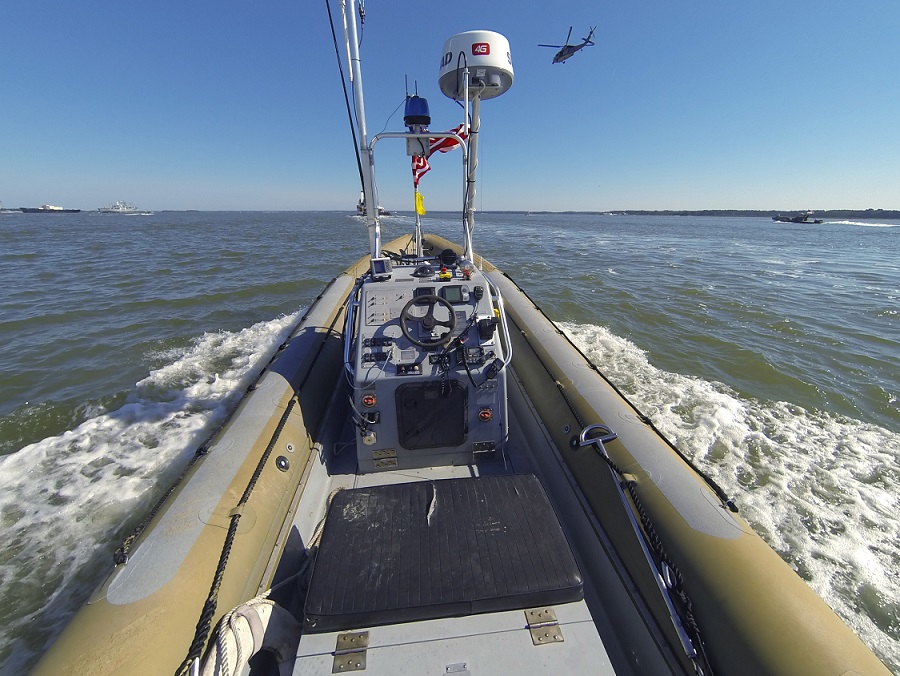
This post is also available in:
 עברית (Hebrew)
עברית (Hebrew)
The global unmanned surface vehicle market for defense and commercial uses is projected to reach USD 1,020 million by 2023, according to a Markets and Markets report. An increase in demand for ISR, water quality monitoring, maritime security and threats, and the need for ocean data and mapping are the major factors that are expected to drive the unmanned surface vehicle market.
The US Navy has been accelerating efforts in the unmanned surface vessel field. The Navy has signed contracts with six companies for the research of large unmanned surface vessels (LUSVs).
With the total of all the six reaching $41m, each contract includes an engineering support option, which will increase the total value of all contracts to $59m if exercised.
Following a Request For Proposals released last year, the move is set to improve the specifications and requirements of LUSV. They have been established to carry out reliability studies with possible solutions before bidding for a detailed design and construction contract.
They are expected to allow the navy to harvest the learning from US land and sea-based prototyping efforts and work directly with industry to refine the requirements for an affordable, reliable, and effective Large Unmanned Surface Vessel and reduce the risk for a future design and construction competition, according to the Navy.
The LUSV program aids the Future Surface Combatant Force architecture of the US Navy by developing and implementing low-cost and durable unmanned vehicles to complement manned surface combatants.
A new squadron established by the Navy in May last year designed to integrate unmanned surface vessels into the naval fleet and support experimentation for the Zumwalt-class guided-missile destroyer (DDG 1000) fleet. Known as Surface Development Squadron ONE (SURFDEVRON ONE), the squadron will focus on accelerating the delivery of new surface warfighting concepts and capabilities to the fleet in line with the National Defense Strategy (NDS), according to naval-technology.com.

























